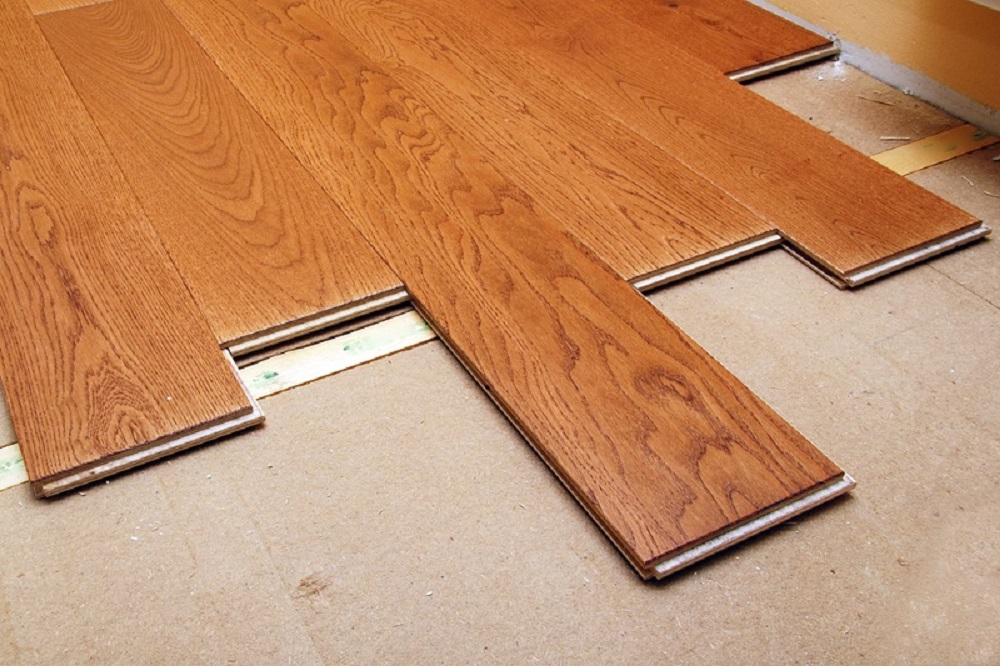The Pros and Cons of Floating Floors
Floors are an integral part of any house. It is the most essential base to build the walls of a house or any infrastructure. But this is also one of those things that get dirty very easily and needs to be cleaned regularly. If you are looking to build or buy a house or just renovate the old one, flooring might be a concern for you. There are several types of floors that you must have gone through like the floor made of wood, marble or other such material.
 |
| Floating Floors |
Types of Installation Methods
Floating floors are a method of installation rather than a floor type. There is a total of 3 methods of installation.
1. Nailing down the floor
2. Gluing down the floor
3. Floating floor
In the floating floor method, the floor on top is not fixed with the subfloor but rather left suspended to just be present due to the gravity. In this method, the walls and the floor are separated with the help of skirting boards and moldings which allows the floor to expand in certain weather conditions.
Types of Floors That Support the Floating Floors Method of Installation
Options open for floors that support floating floor installation method are
1. Laminate flooring
2. Luxury vinyl flooring
3. Engineered flooring
What Are the Advantages of Floating Floors?
- Rough subfloor: Installation of a floating floor is an option that best suits to cover an area which is not leveled. Floating floors are designed with such significance that it can be used as the first step of rectifying rough subfloors. Installation of floating floors is cost-effective compared to the other options of cover-ups that are available in the market.
- Cheap: It is one of the cheapest methods with which you can get the flooring you need. If you are in a fix of money and do not want to invest much in flooring, then this method would suit you the best.
- Ability to Be Installed on Concrete: If you have a basement with a concrete floor, then you know the struggle of trying to get a new floor installed over it. Obviously, floating floors take the problem out quite easily.
- Change in Size: The floor itself will either expand or move as per the condition of the room it is installed in. The two factors that help with the said expansion are room temperature and the humidity level of the room.
- Easy to Install: The best part about this method of flooring is that anyone can do it. The installation process does not consume time and can be done just by following tutorial videos that are readily available. This saves a lot of cost in terms of money paid to the people who work for installation.
 |
| Floating Floors |
What Disadvantages Are Associated with Floating Floor?
The concept of floating floors has some drawbacks too which are discussed below:
- Resell Value: A floating floor does not come with a good resell value. You would be able to extract more value from the glued down or nailed down floor installations.
- No, Refinish: Once your old floor gets into the bad shape you can sand it or get it refinished but that is not the case with the floating floor.
- Thin: The floor installed using this method is normally very thin and thinner than the other types of floors available in the market.
Designing a floor can be tricky at times. Therefore, you need to invest time and research well before deciding on which type of flooring will best suit your infrastructure’s ambiance. The floating floor might come with a few disadvantages, but the advantages normally outweigh them.






0 comments